L’Aquila: The Fighter Still Remains
Sometimes life delivers its own soundtrack. As we drive into L’Aquila, Paul Simon is singing about a boxer that…
...carries the reminders of every glove that laid him down or cut him till he cried out in his anger and his shame, "I am leaving, I am leaving" but the fighter still remains.
L’Aquila still carries reminders of that terrible night of 6 April, 2009. Brokenness is all around. Alongside many a gleaming new building stands the carcass of its formal self, roof sagging, windows gaping, the whole crumbling edifice held together by metal and wood scaffolding to prevent further collapse.
This is our first visit since the earthquake. We are here because we want to see for ourselves. We come unashamedly as tourists, to take photos and join in the passeggiata, to eat gelato and window shop, to gaze alternately in admiration and dismay and to play our small part in restoring normality and life to this embattled city.
How long does it take to recover from an earthquake which killed over 300 people, 20 of whom were children, and left the city and nearby villages in ruins? Or perhaps the right question is, does it ever recover? It has been so long, sighs a woman, an Aquilana, when she spots us inspecting some recent restoration work. And there is so much more to be done. But, she says with a gentle smile, she is touched every time she sees tourists in her city taking photos. It gives her hope.
Collemaggio
It seems right to begin our visit at the Basilica of Santa Maria di Collemaggio on the city’s outskirts. This was – is – the centre of L’Aquila’s spiritual and cultural life. The earthquake of 2009, though by no means the first to wreak havoc in the area, shattered the roof, filling the building with rubble. The extensive damage and painstaking reconstruction of the Basilica has become symbolic of L’Aquila’s misery and ruin, but also its slow recovery.
Since its reopening in 2017 Collemaggio has continued to be the main venue of the Perdonanza that takes place at the end of August each year. The forgiveness festival – how cool is that? – was instigated by Pope Celestine V, whose remains lie in his own chapel in the Basilica that he founded.
Celestine V
A word here about Celestine V, the reluctant Pope. Born plain Pietro the peasant, he took to the spiritual life and retired to a cave in the mountains of Abruzzo. After the death of Pope Nicholas IV, the Cardinals in Rome were dithering so long in the election of his successor that Pietro wrote to them from his humble hermitage, urging them, for the sake of the Church, to end the two-year impasse. Alas, poor shy, retiring Pietro was about to suffer the consequences of drawing attention to himself. No sooner had the Cardinals woken up to his existence than they elected him Pope. His coronation (for that was what it was called in those days) took place in this very Basilica at the end of August, 1294.
Apart from the Basilica itself, Celestine V is famous for two things. One is the Perdonanza. The other is the decree he issued, allowing Popes the right of abdication. No surprises there: five months after his coronation he took advantage of his own decree and quit. This was the Great Refusal, which so infuriated Dante, who is believed to have attended the coronation in this Basilica, that he flung Celestine without pity or perdonanza into the antechamber of the Inferno. Perhaps in fear of a similar literary embarrassment, no other Pope took advantage of the decree: that is, until 2013, 719 years later, when Pope Benedict XVI, formerly Joseph Razinger, resigned.
The Basilica
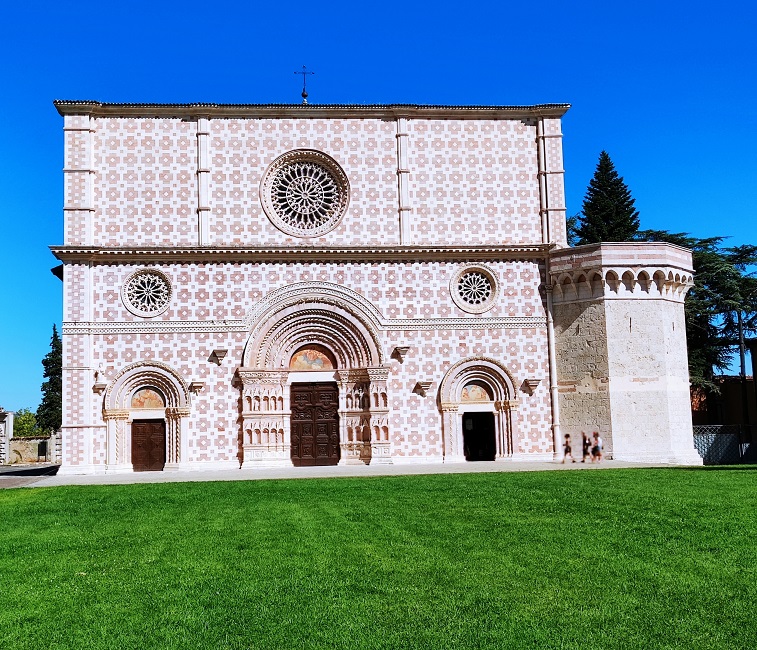
As we gaze at Collemaggio’s façade across an expanse of lush green grass, my friend, who is from Rome, remarks that it doesn’t look like a church – there’s no visible dome. Nor is there a spire. The Basilica has instead the boxy appearance typical of Abruzzese Romanesque, devoid of majesty and ostentation. The façade is a pretty pattern of alternating pink and cream, more suited, one would think, to upholstery than to a great Basilica. Homely it might be, but the symmetry of the façade, with its rose windows and delicate pattern, seen from the far end of the tree-lined grassy rectangle, is restful and pleasing to the eye.
It is the interior of the Basilica that takes our breath away. The squat front view gives no hint of the vast, high-ceilinged space within. As we stand on the scrubbed ivory and pink floor tiles we marvel at the soaring roof and tall, straight columns. Little wonder that it has become a monument to skilled, attentive restoration, and a symbol of the city’s resurrection. At Celestine’s chapel, we read that the restoration work removed layers of lime mortar that had been applied down the centuries, revealing new exquisite colour combinations. It is indeed an ill wind…
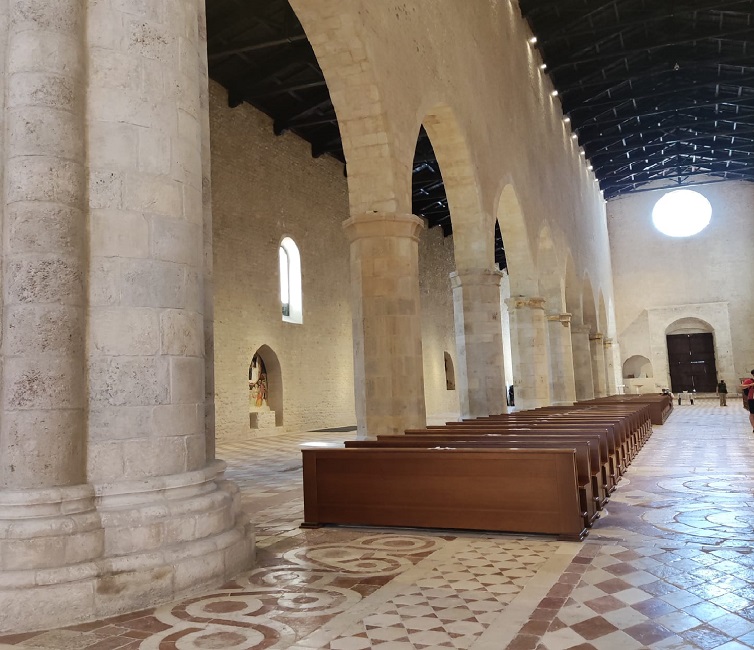
Ruin and Restoration
From the Basilica a shuttle bus takes visitors to the centre of town, which, had we known about it in time, would have saved us some lengthy and complicated parking manoeuvres. It is a summer Sunday and there are lots of visitors, which in itself is heartening. There is bustle in this sedate mountain city. People stroll, or sit chatting at outdoor tables; there is a small market in the main square. The shops are open and scents from luxury boutiques linger in the air.
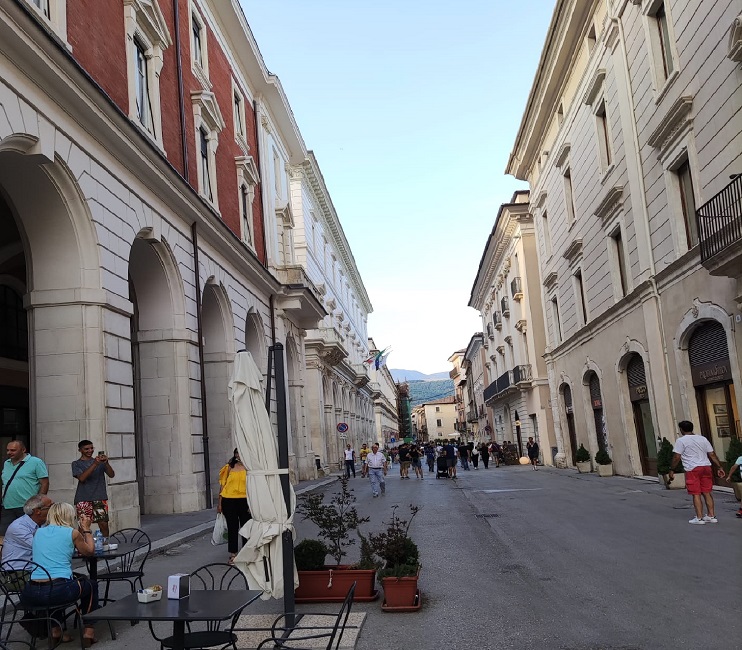
There is damage but also new life. Archways reveal beautifully restored inner courtyards, staircases and balconies. Building work is going on wherever we look and the new palazzi are pristine and sturdy. Reminders are there too, though, on every corner. We pass the Faculty of Education: boarded up, windows shattered, the building hollowed out. I wonder if any of the eight students who died in the Students’ Residence that night once roamed its halls.
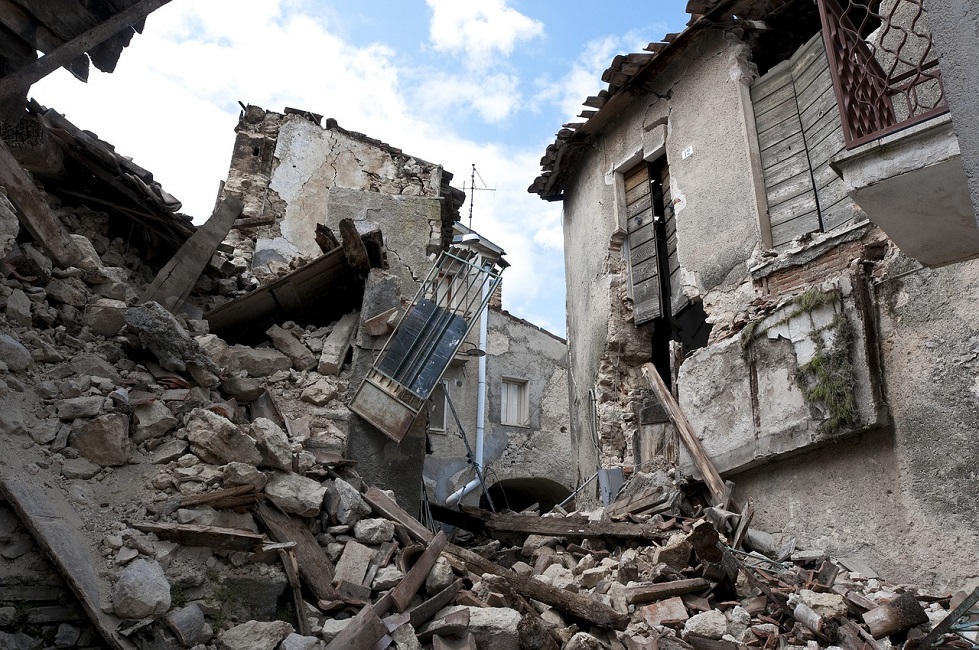
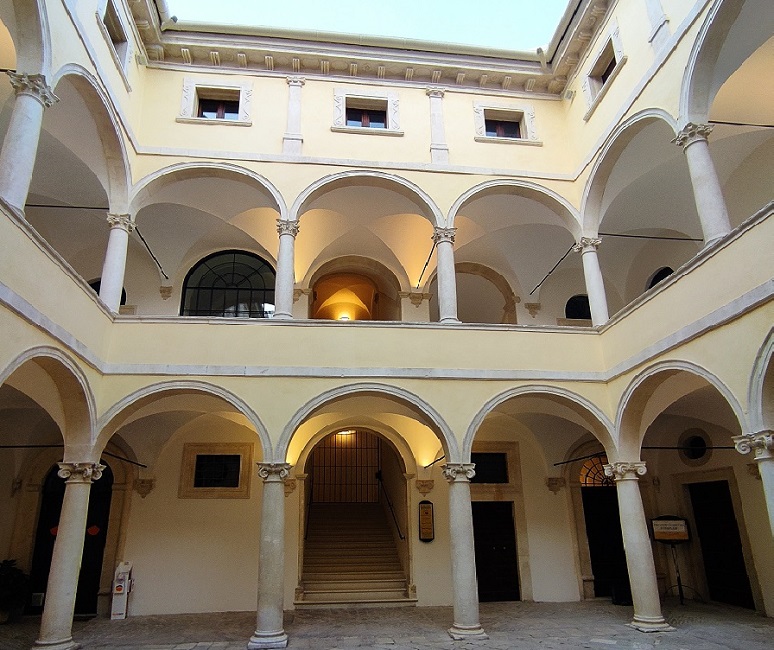
We walk on to the Spanish Fort, still closed for repairs during our visit, but offering a quiet green place to wander. The mountains loom close and the air is full of the scent of pine needles. Families and lovers stroll around with nothing much to do except enjoy this Sunday afternoon. The Fort, locally known as ‘Il Castello’, is a further reminder of L’Aquila’s alternating fortunes. In the fifteenth century, the city was powerful and wealthy, exporting saffron and wool throughout Europe. It might have continued to prosper had the Aquilani not backed the wrong side in the Spanish-French war for control of the Kingdom of Naples. (See also the Fortress at Civitella del Tronto). The conquering Spanish army built the Fort, not to defend and protect the city but to control its pesky, rebellious inhabitants. The taxes raised to build it reduced the city to poverty.
The flow of life
We head to the 99 Spouts. (If ever a translation cast doubt on the beauty of the English language, this would have to be it: compare it to the mellifluous Fontana delle 99 Cannelle.) This is where the local women, up until last century, used to do their laundry. Here they would sit on the low wall that extends round the square, scrubbing their ‘panni’ in the narrow basin as water spilled endlessly from the spouts. Here we sit now, watching the flow, as people have done since the thirteenth century. The monument, founded near a perennial spring in Rivera, the oldest part of the city, represents the 99 (or thereabouts) local castles which joined together to form the new city of Aquila*. In an area blighted by earthquakes (at least eight recorded down the ages, with thousands of victims) it’s natural to view this ancient monument and life source as a symbol of resilience and endurance.
It is time to go. As we drive away, L’Aquila in its mountain cradle takes on a rosy glow in the setting sun. Someone asks for music suggestions. A dozen appropriate song titles about adversity and recovery come to mind. We listen to Bach instead.
*A decree in 1939 changed the name from Aquila to L’Aquila, ‘the eagle’.


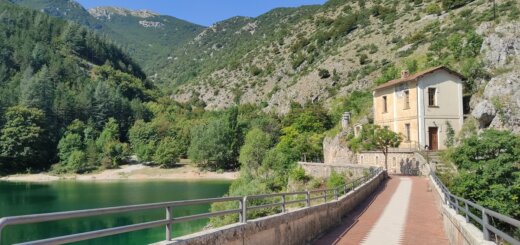
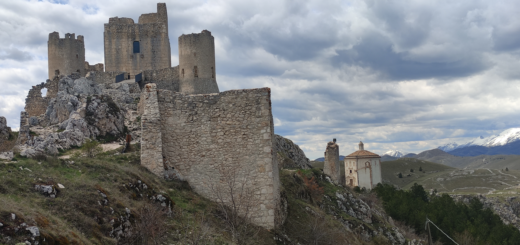
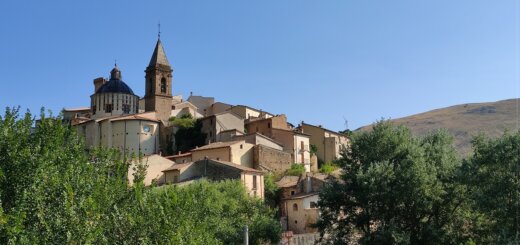

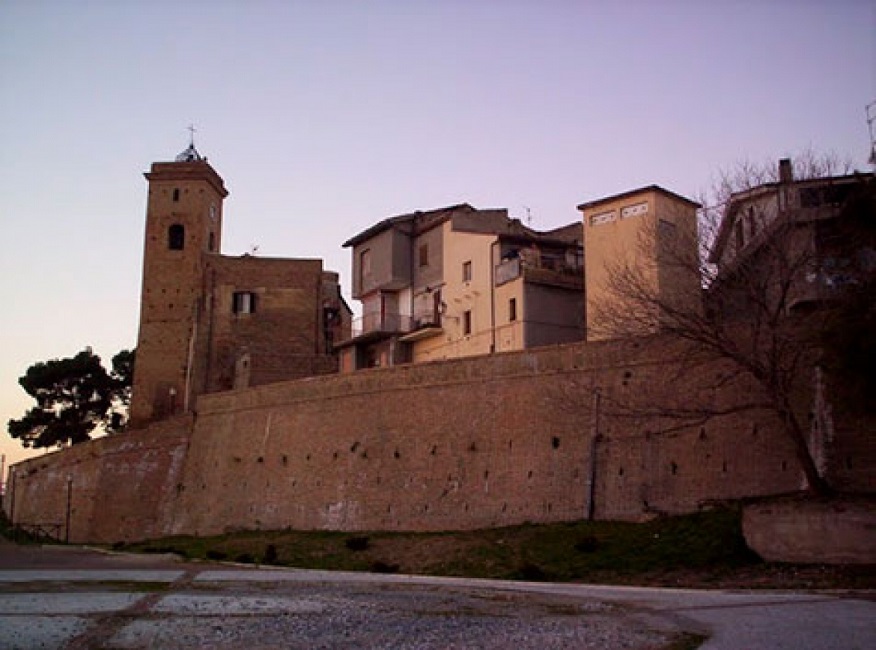
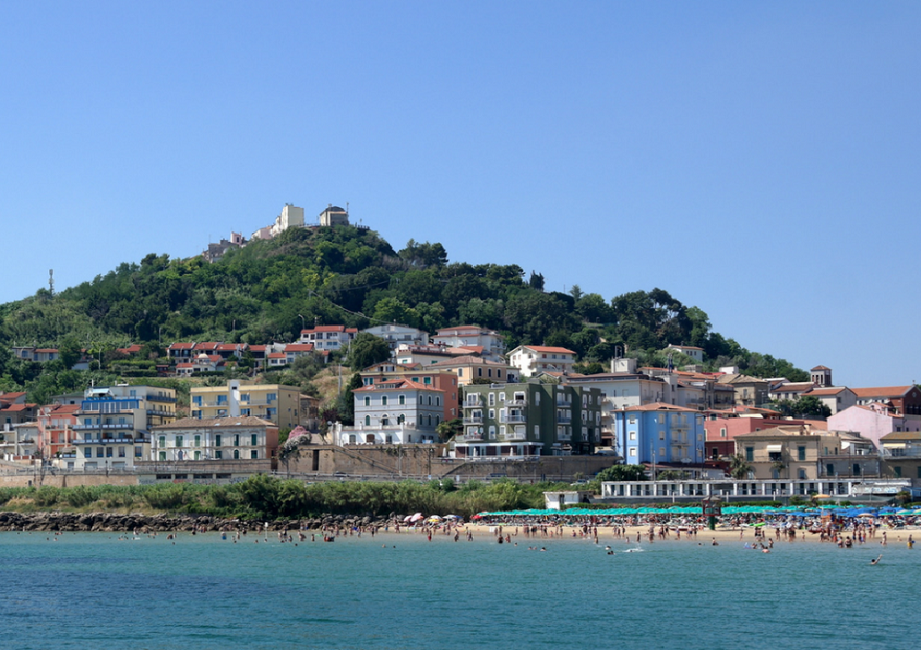
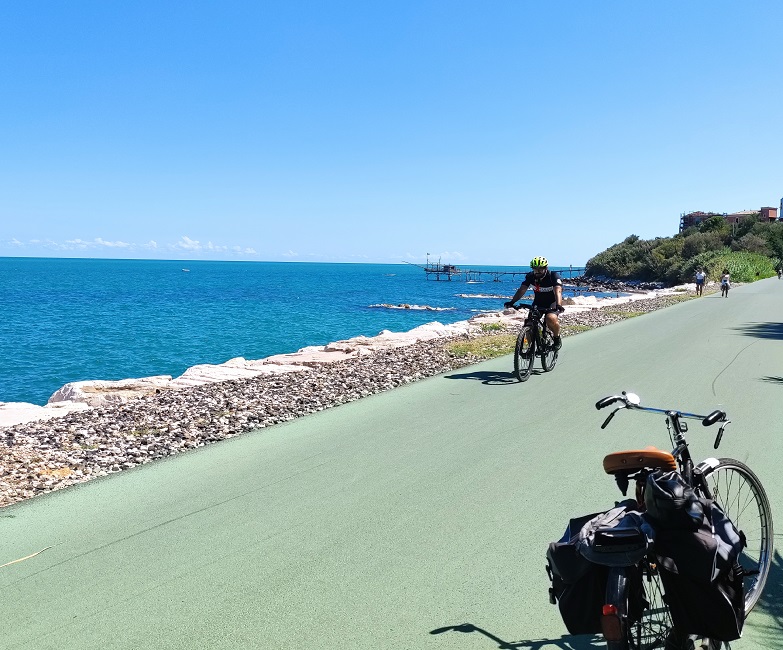
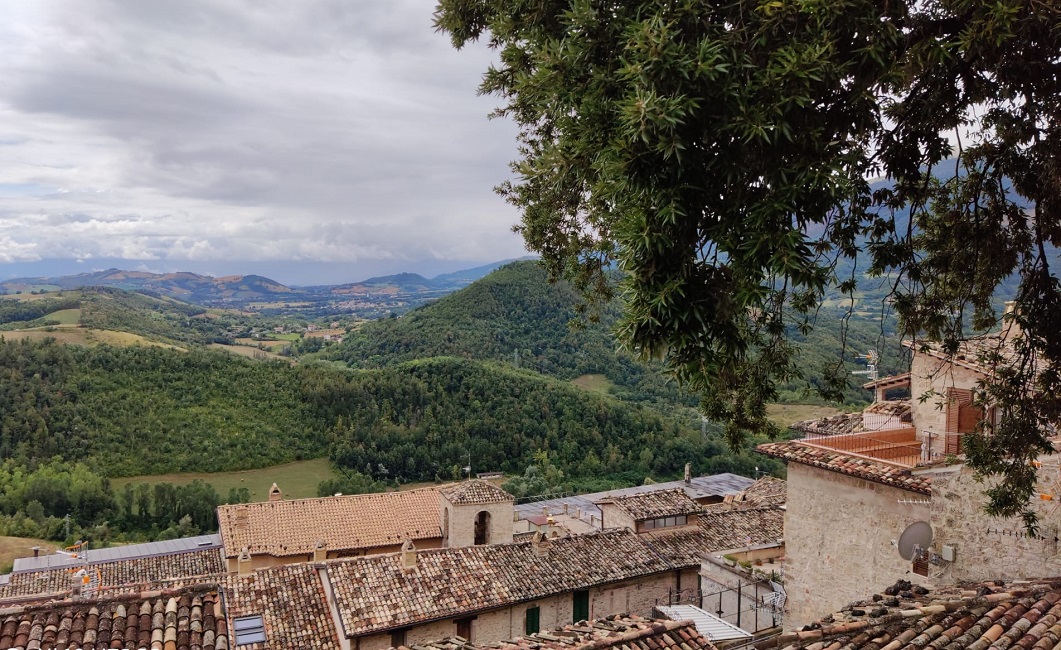
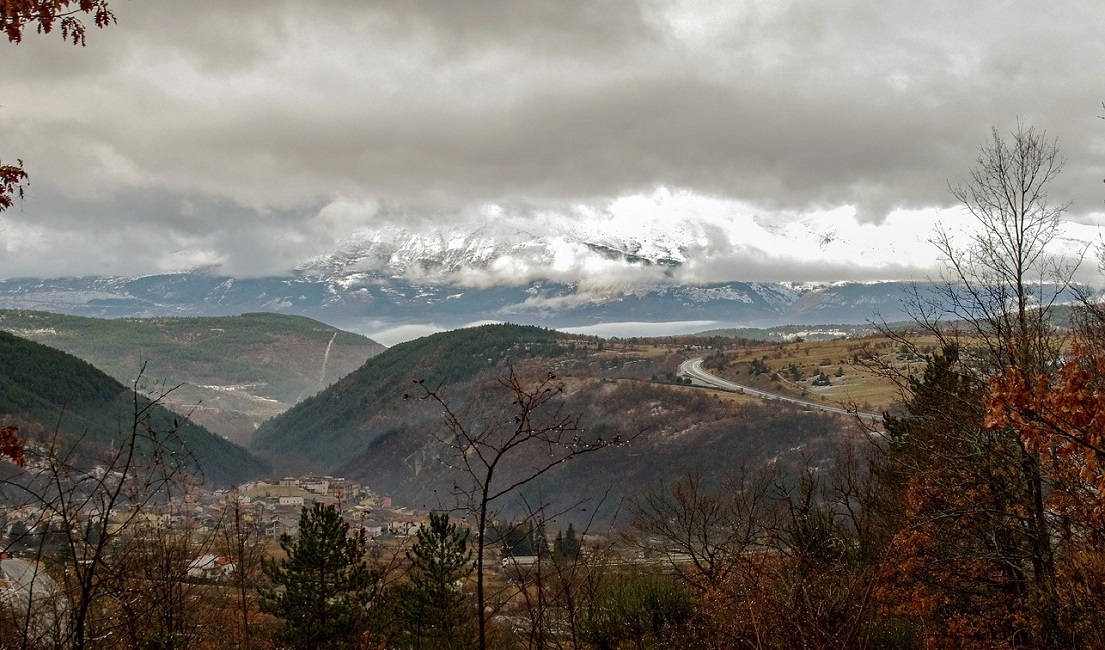

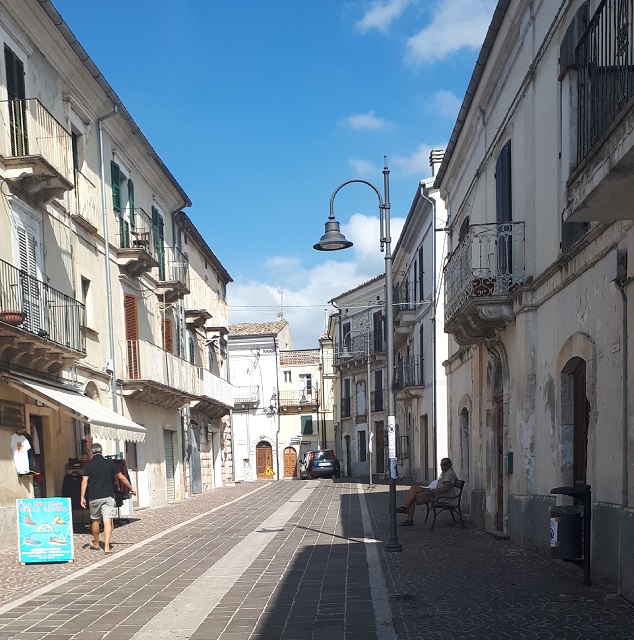
6 Responses
[…] L’Aquila: The Fighter Still Remains […]
[…] L’Aquila: The Fighter Still Remains […]
[…] L’Aquila: The Fighter Still Remains […]
[…] L’Aquila: The Fighter Still Remains […]
[…] L’Aquila: The Fighter Still Remains […]
[…] L’Aquila: The Fighter Still Remains […]